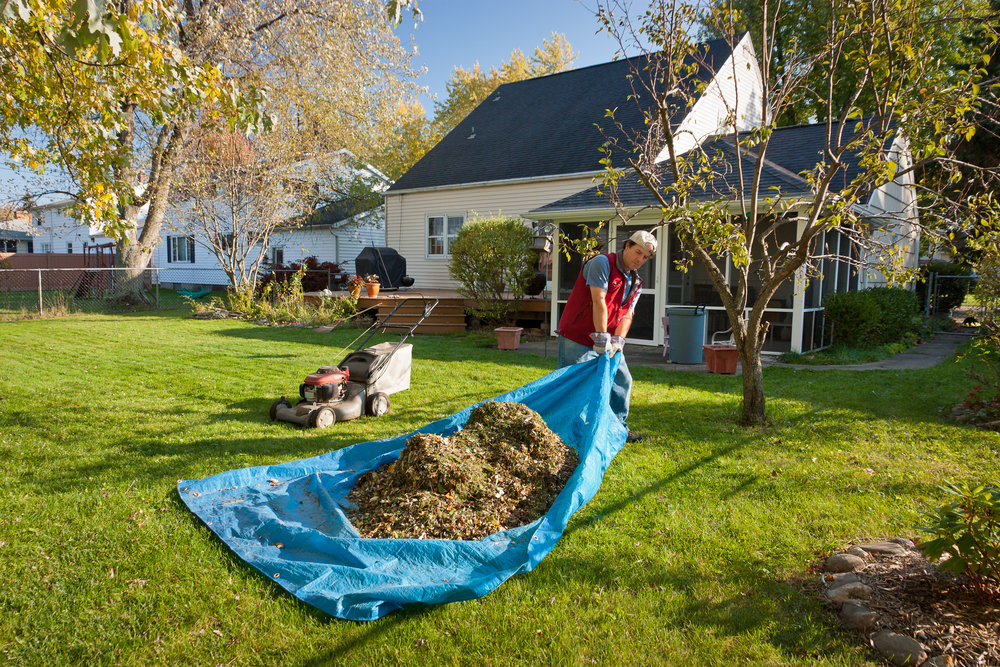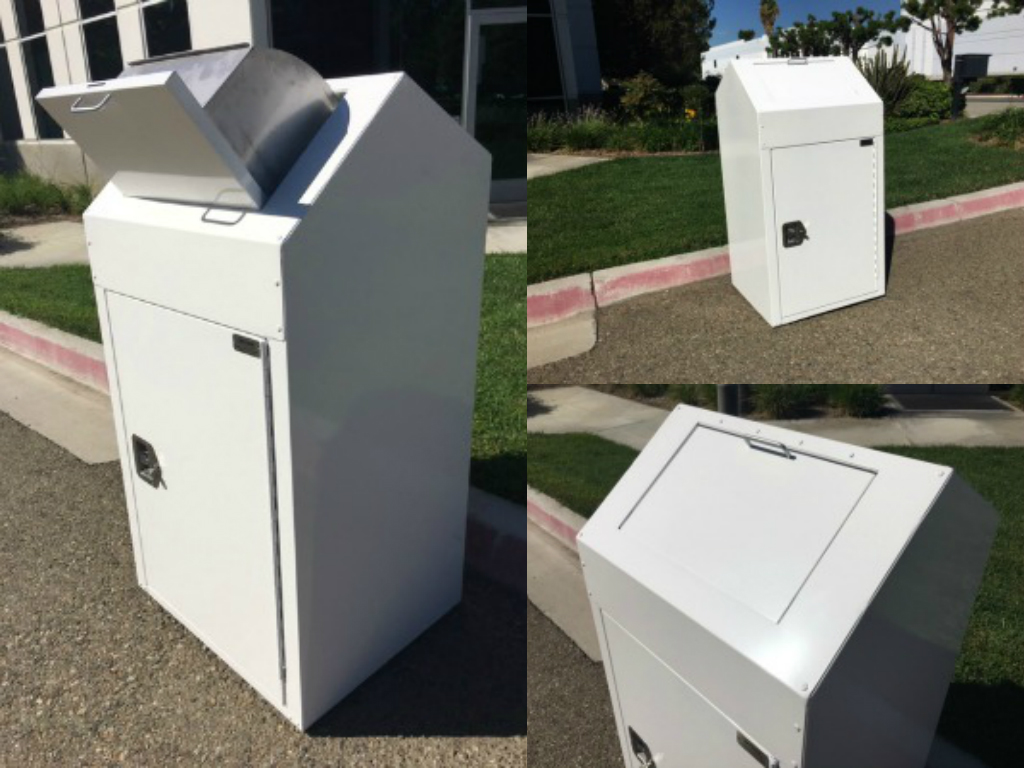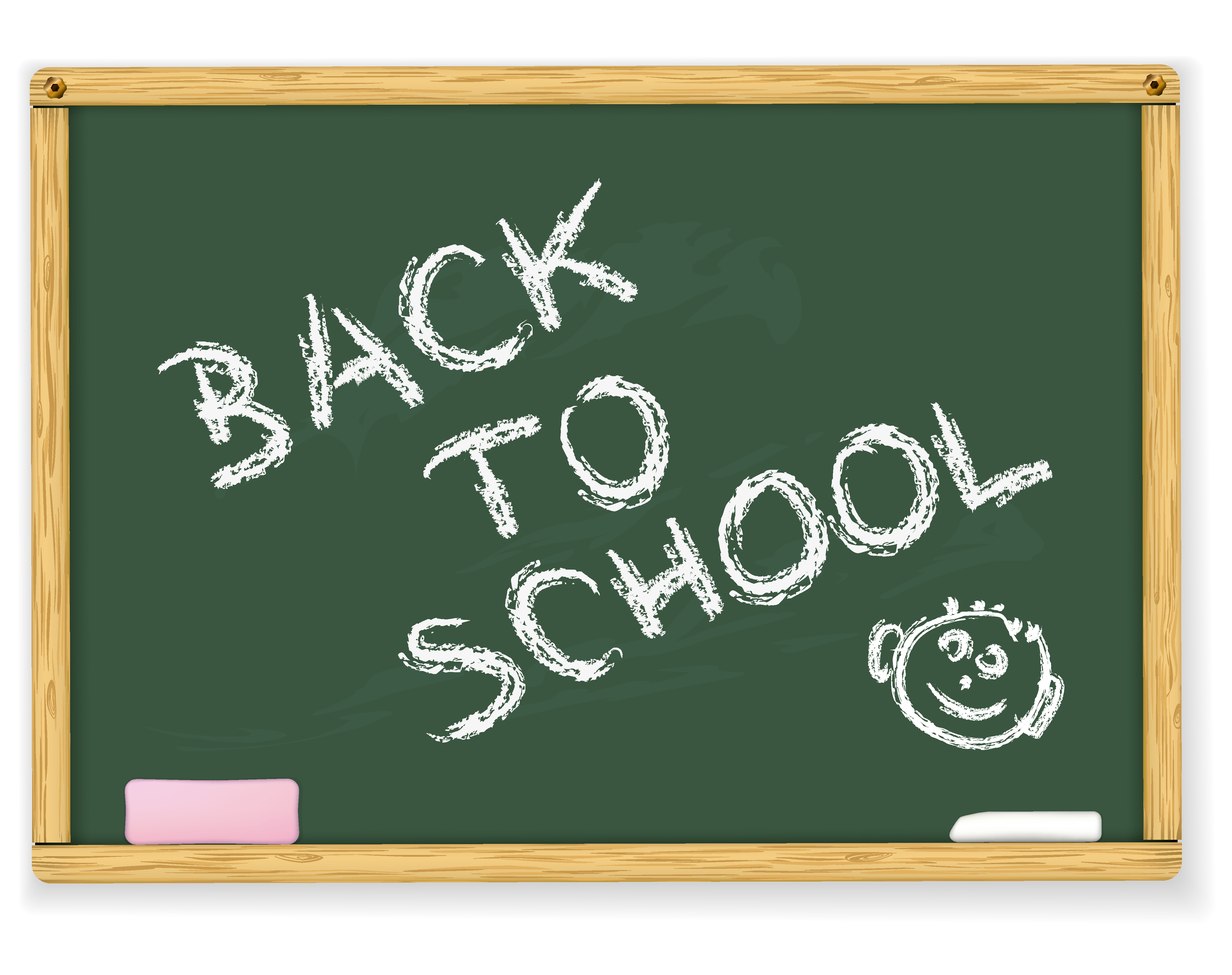We can’t make this stuff up.

We’re Filling More Landfills Than Ever: Americans are sending more than twice as much trash to landfills as the federal government has estimated, according to a new study. It turns out that, on average, America tosses 5 pounds of trash per person per day into its landfills, according to an analysis of figures in a study published today in the journal Nature Climate Change. For years, the Environmental Protection Agency relied on estimates to determine how much trash was being sent to landfills. But in 2010, as part of an effort to lower heat-trapping methane emissions, the agency required most municipal landfills to measure and report how much trash was heading into the dumps. Researchers at Yale looked at the records for more than 1,200 landfills, calculated amounts (predominantly based on weights), and figured it was 289 million tons in 2012. For the same year, EPA estimated the figure to be just 135 million tons. The Yale team also calculated that in 2013, waste sent to landfills rose to 294 million tons. With 316 million people, that comes to 1,871 pounds per person in that year, the last for which there are figures. Jon Powell at Yale’s Center for Industrial Ecology said the amount is different because of the way his team calculated it: adding up actual measurements instead of estimates based on what businesses told government indirectly (the EPA partially funded this study). Three outside experts say they trust Yale’s numbers more than the EPA’s, but a Bucknell University professor who studies the economics of solid waste and recycling says the findings don’t matter much because landfills have plenty of room to expand. However, the study’s results may mean Americans aren’t recycling as much as authorities thought: The EPA estimated that Americans recycled 34.5% of their waste in 2012, but if the amount of trash matches Powell’s calculation, the recycling rate would be just 21.4%.
Argument Over Garbage Includes Star Trek Weapon: KREM reports an argument about garbage escalated—as they are wont to do—until one neighbor was threatening another with a weapon straight out of Star Trek. Carlo Cerutti, 50, has been charged with assault after allegedly swinging a Klingon bat’leth—or “a large sword-like weapon with multiple blades” for our non-Trekkie readers—at the victim, according to the Spokesman-Review. Apparently Cerutti’s wife had gotten tired of the victim putting his garbage in their garbage can and told him to knock it off, KREM reports. That’s when she says the victim hit her with a bag of trash. Cerutti allegedly ran out of the house to defend his wife while swinging his bat’leth around. The victim was able to disarm Cerutti but fell off his porch in the process. Cerutti’s wife claims he only unsheathed the bat’leth when the victim entered their house.
Police Dog Finds Suspect in Garbage Can: Ah, the sweet smell of justice. Or is that garbage? A Fargo police dog named Falco helped the North Dakota Highway Patrol track down an elusive suspect early one morning, according to a post on the Fargo Police Department’s Facebook page. Falco and his nose led troopers from the interstate to a residential neighborhood, where they located the wanted man hiding inside a garbage can. Police say the suspect had run off from a traffic stop.








